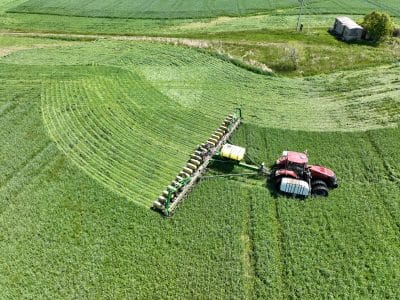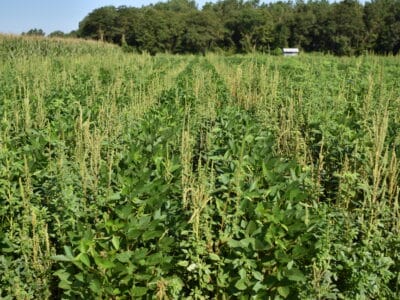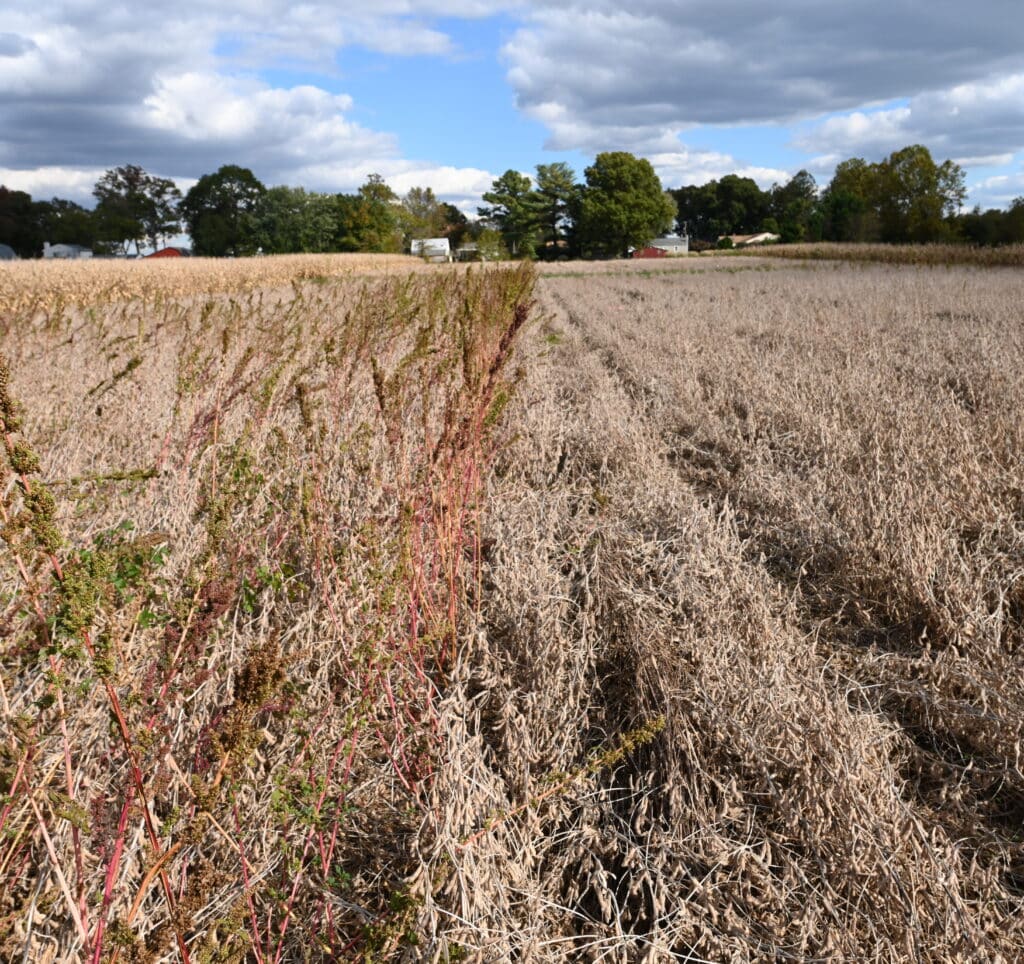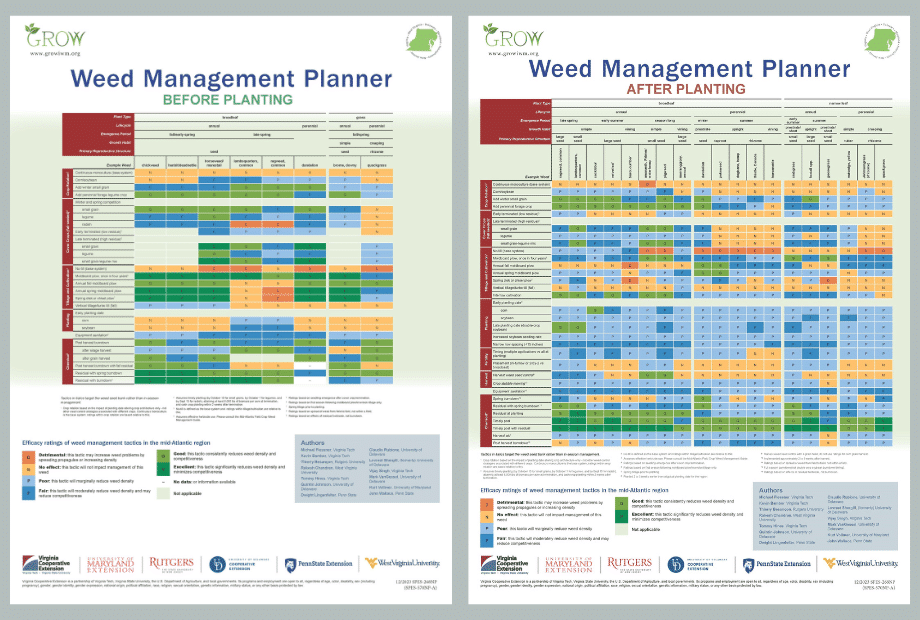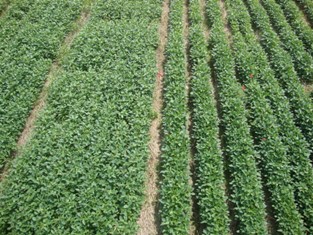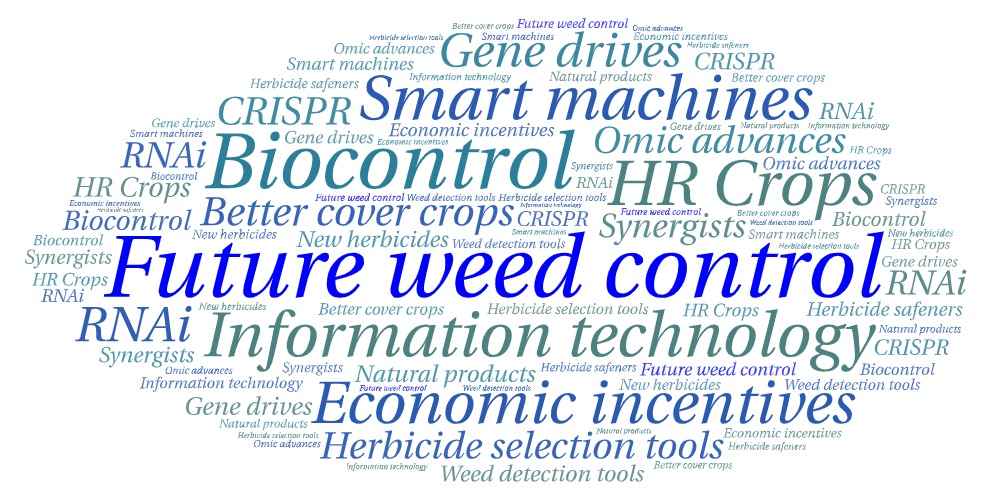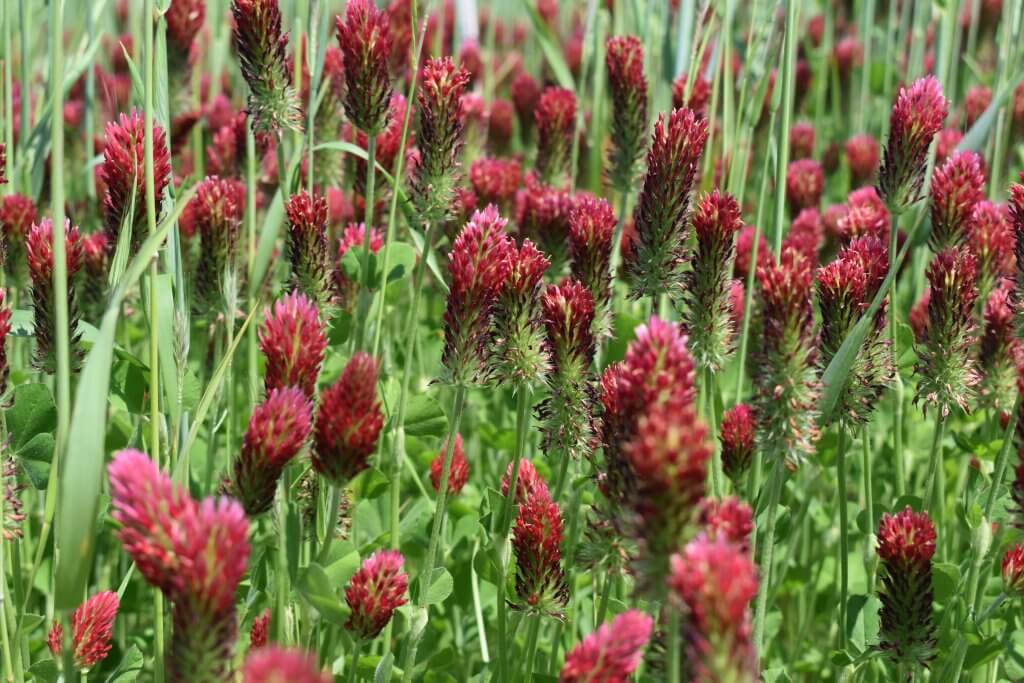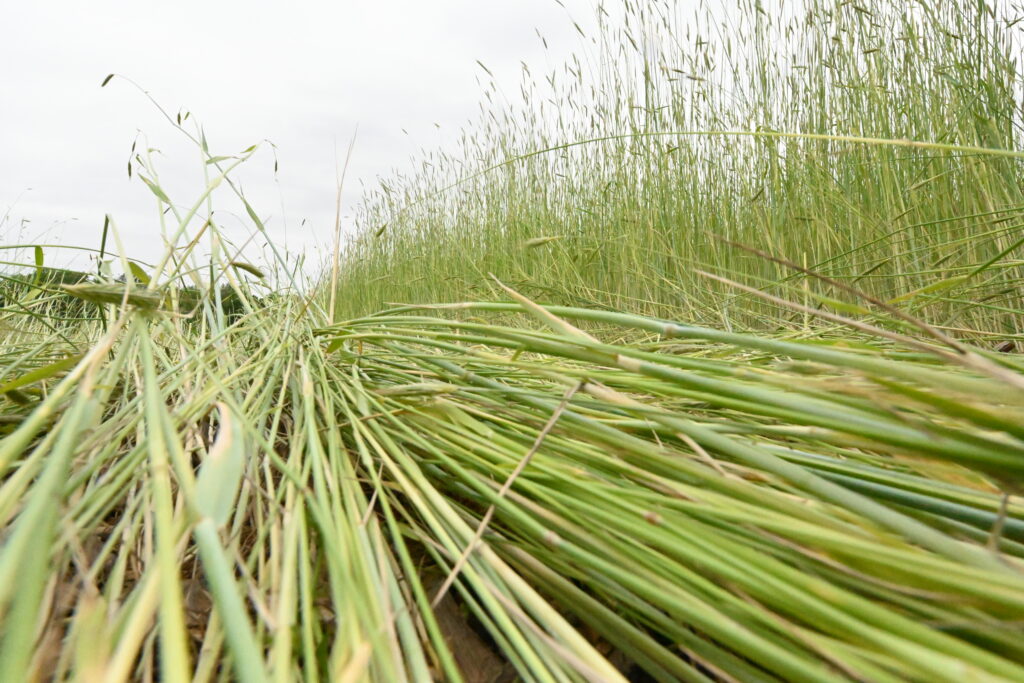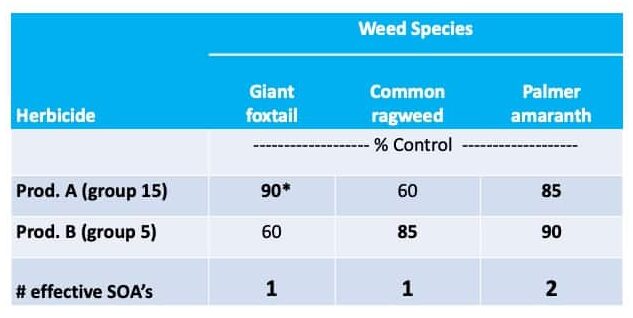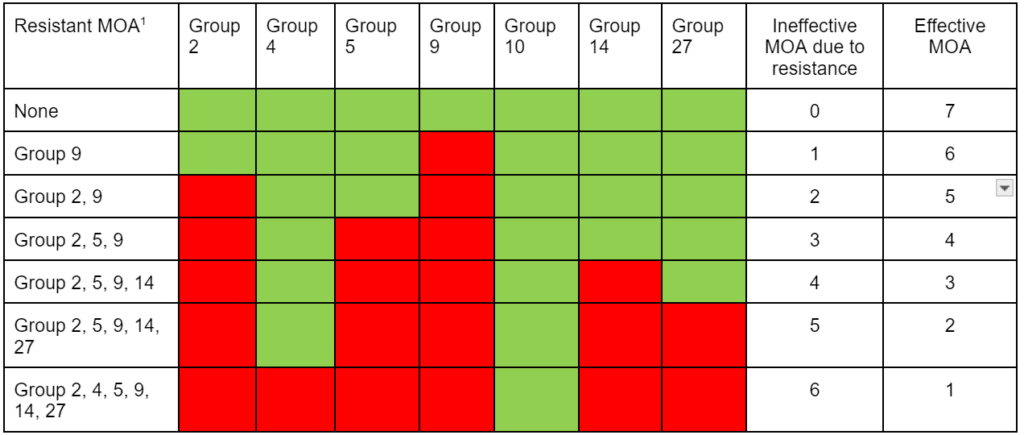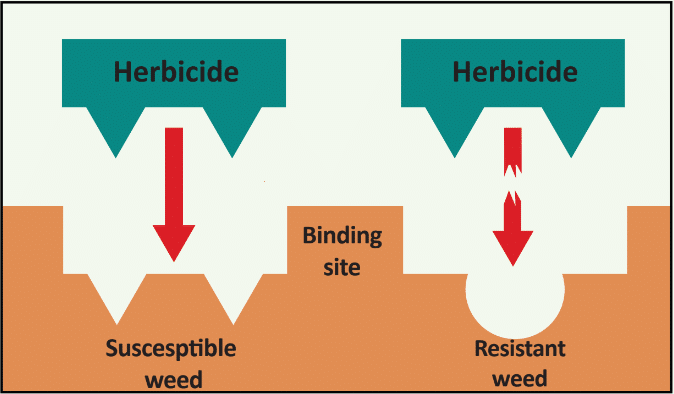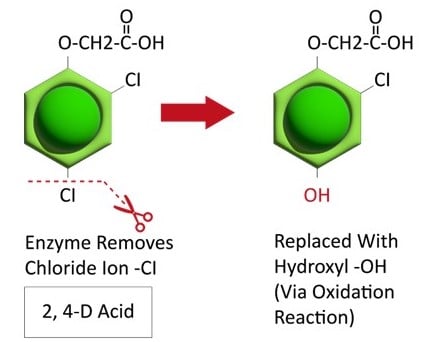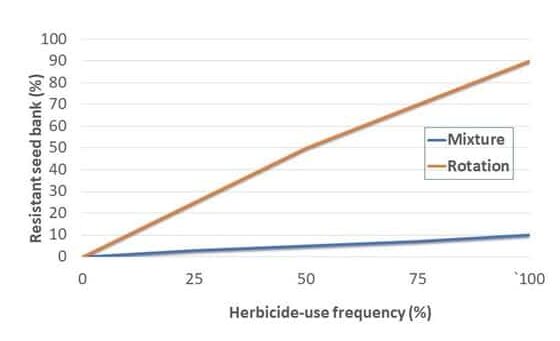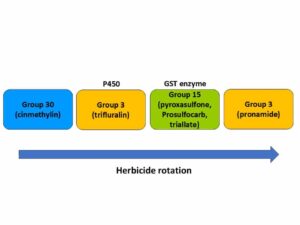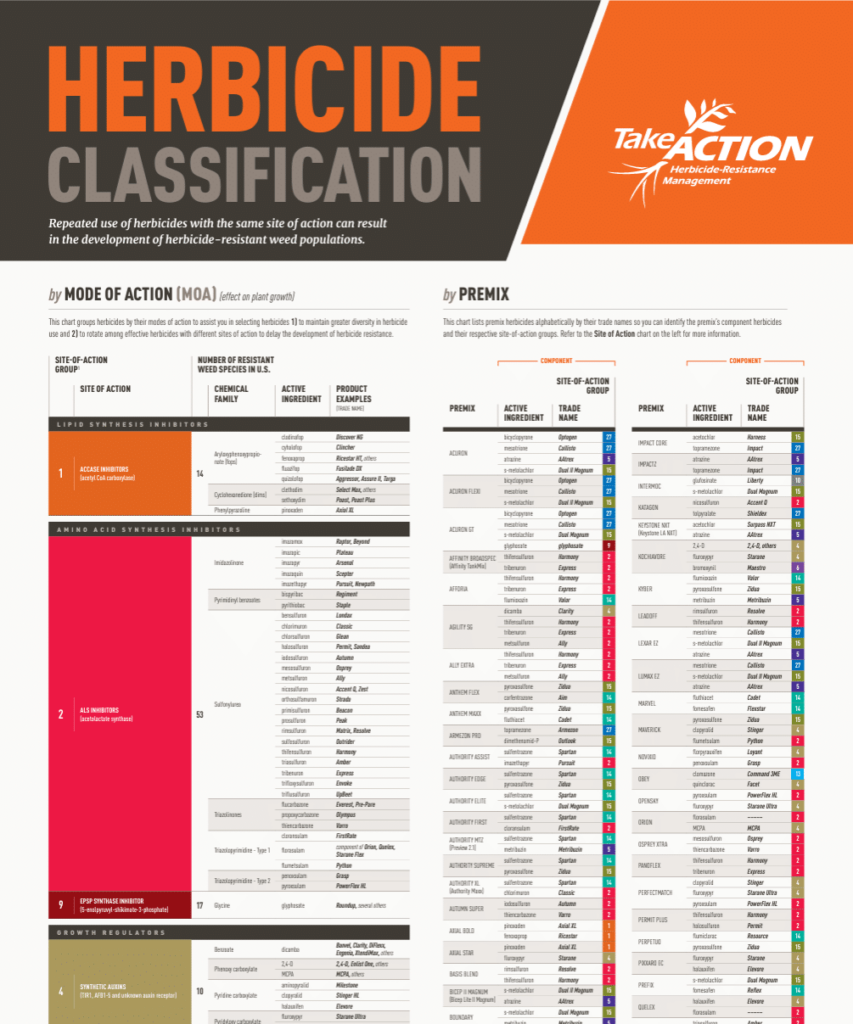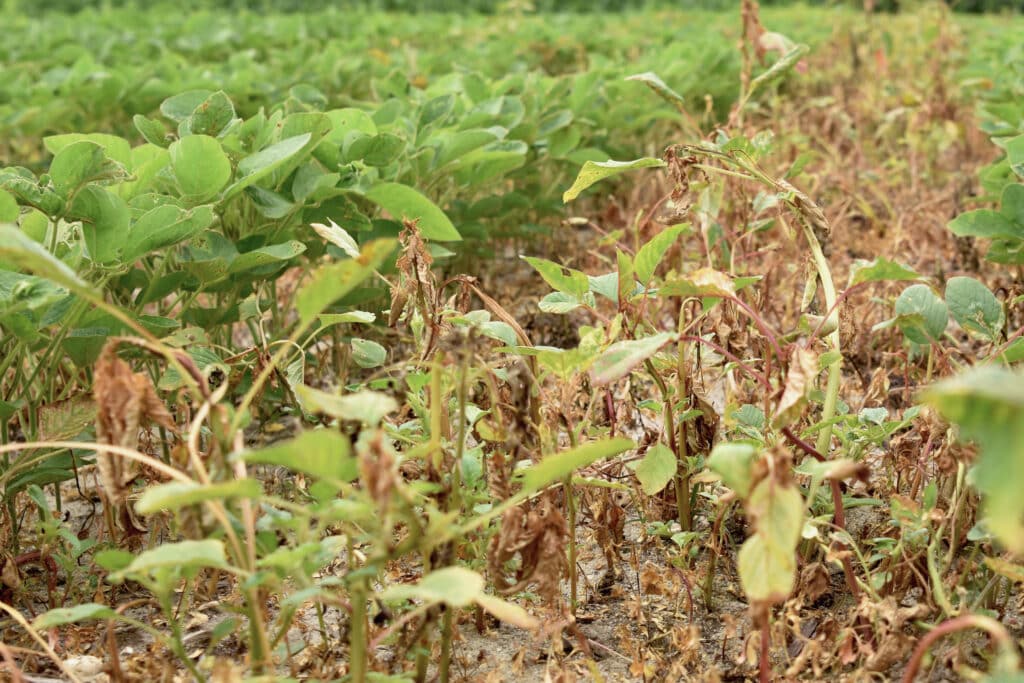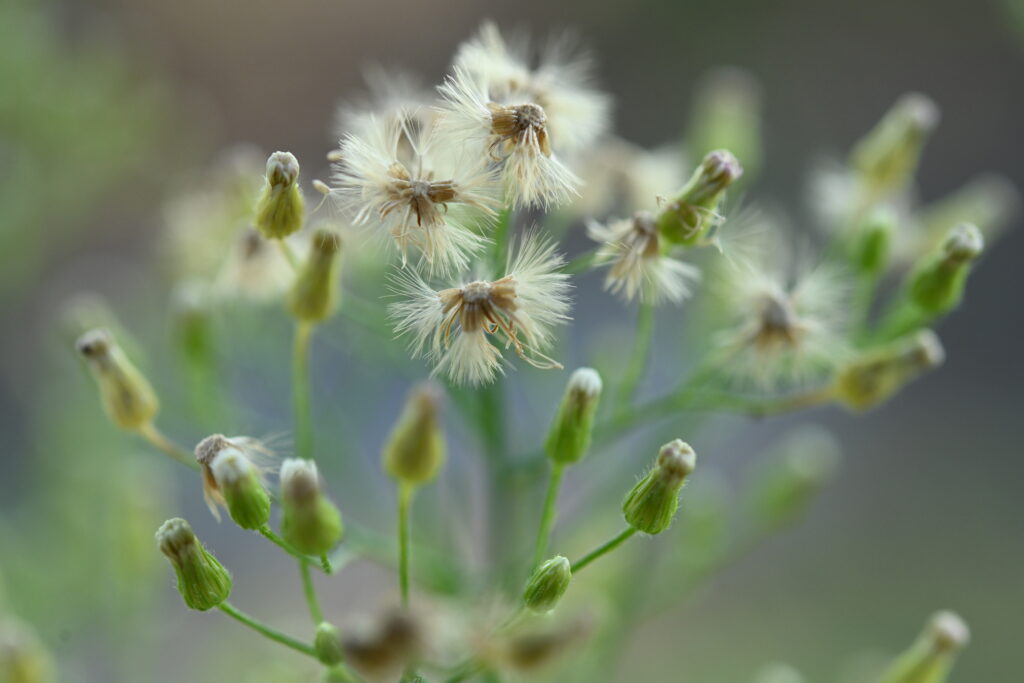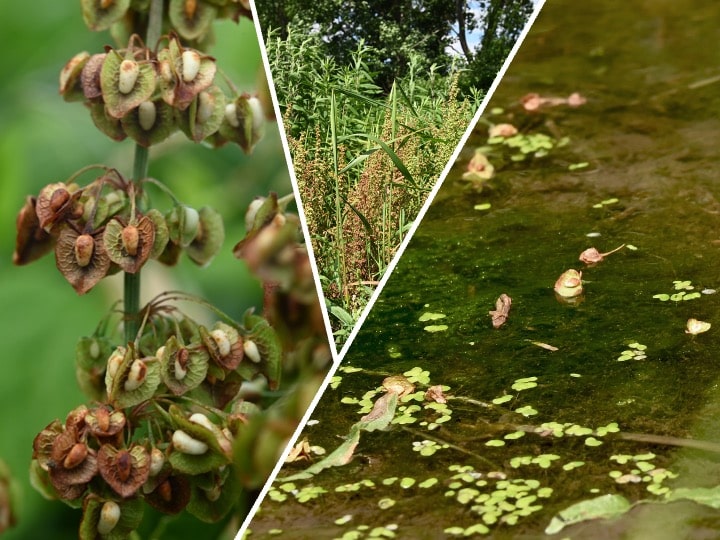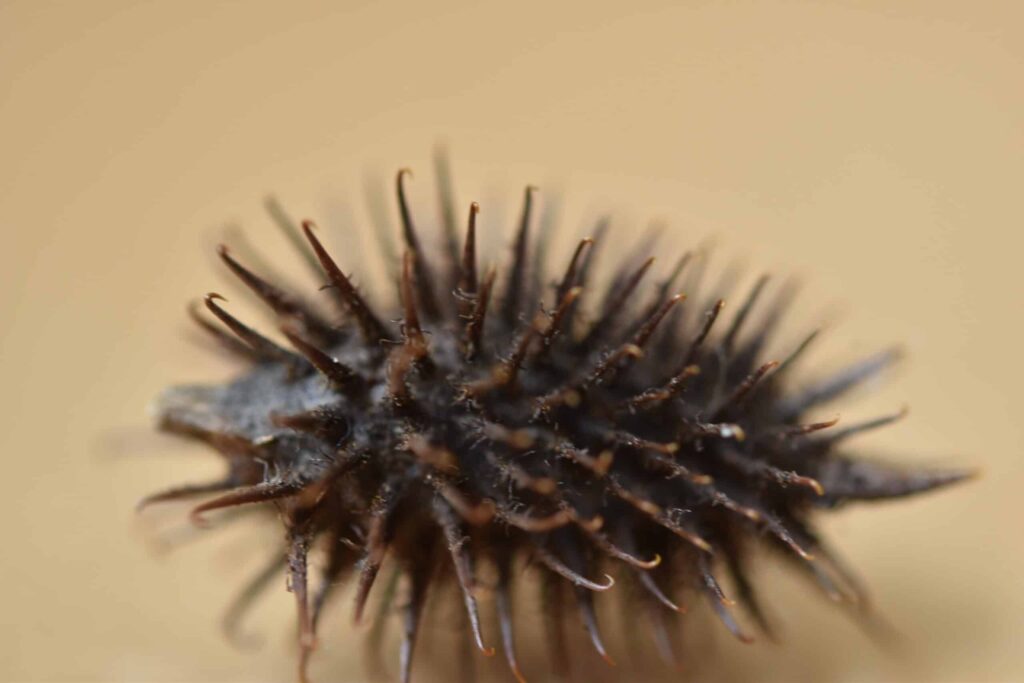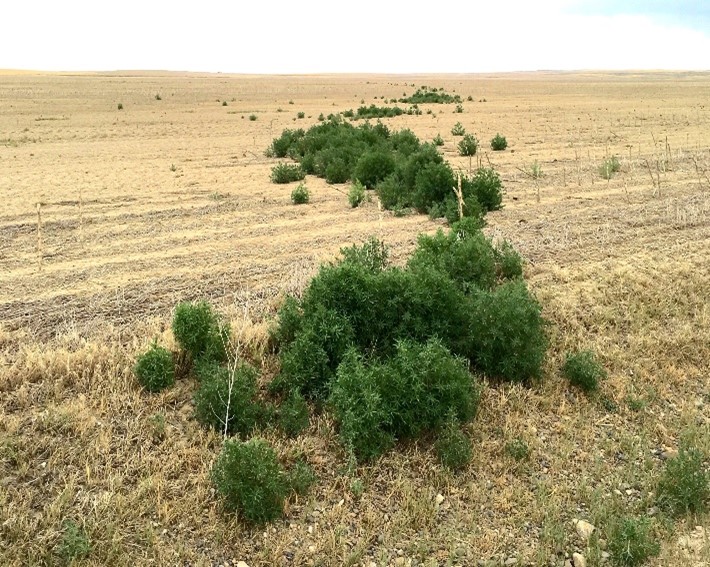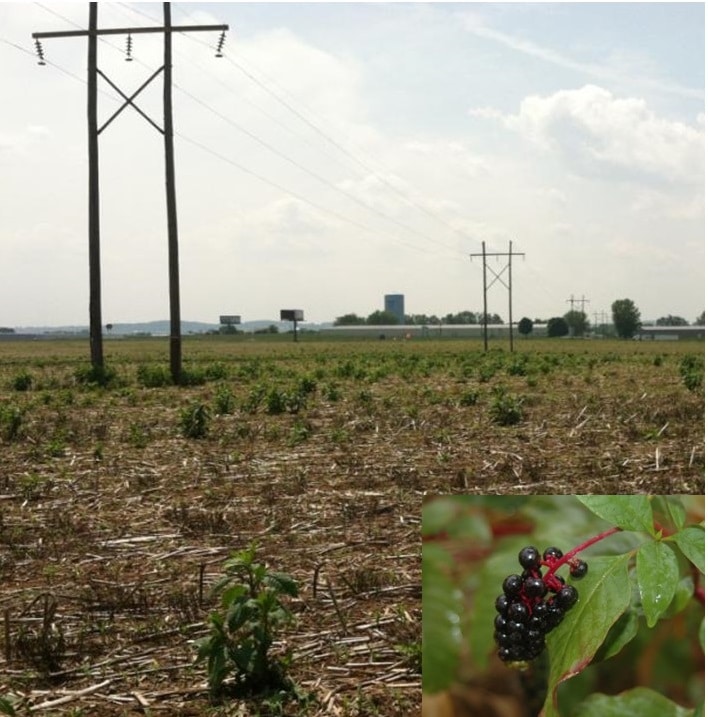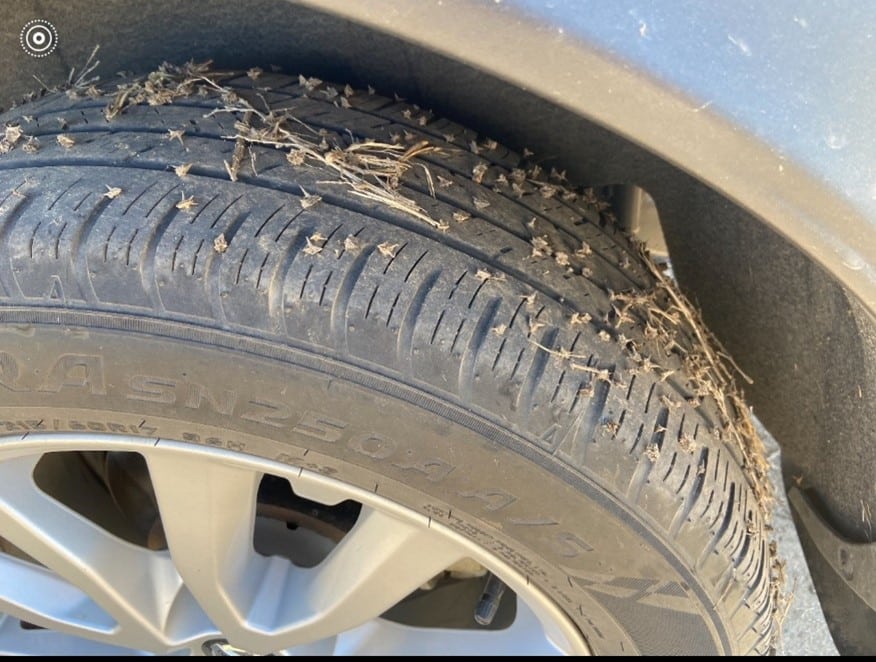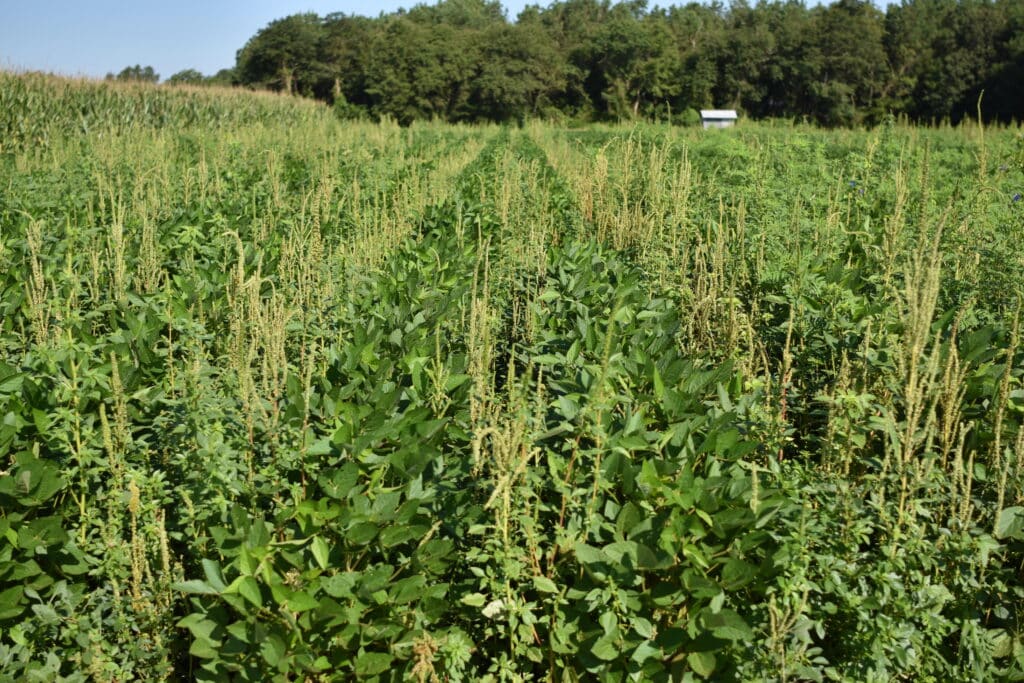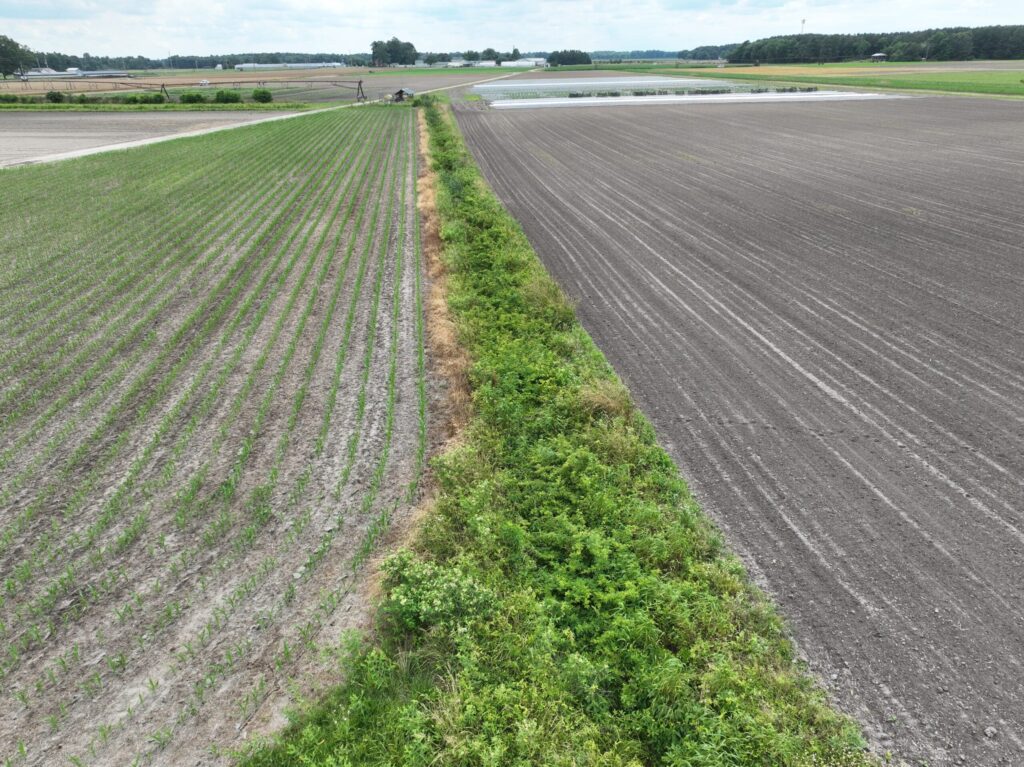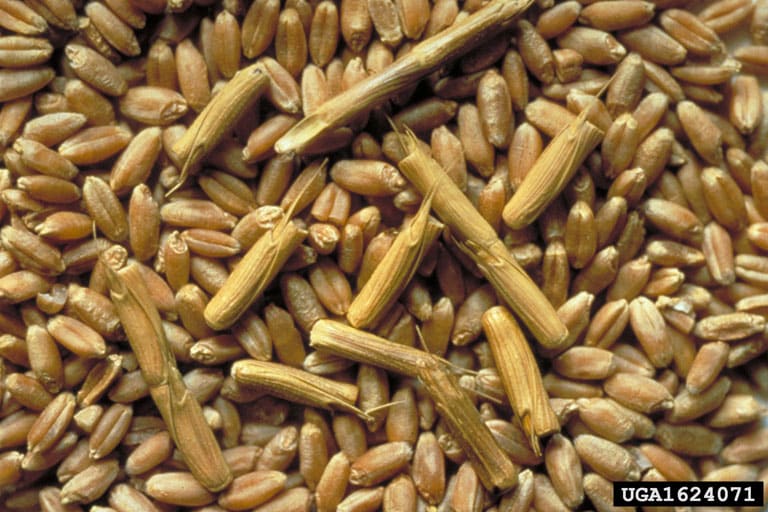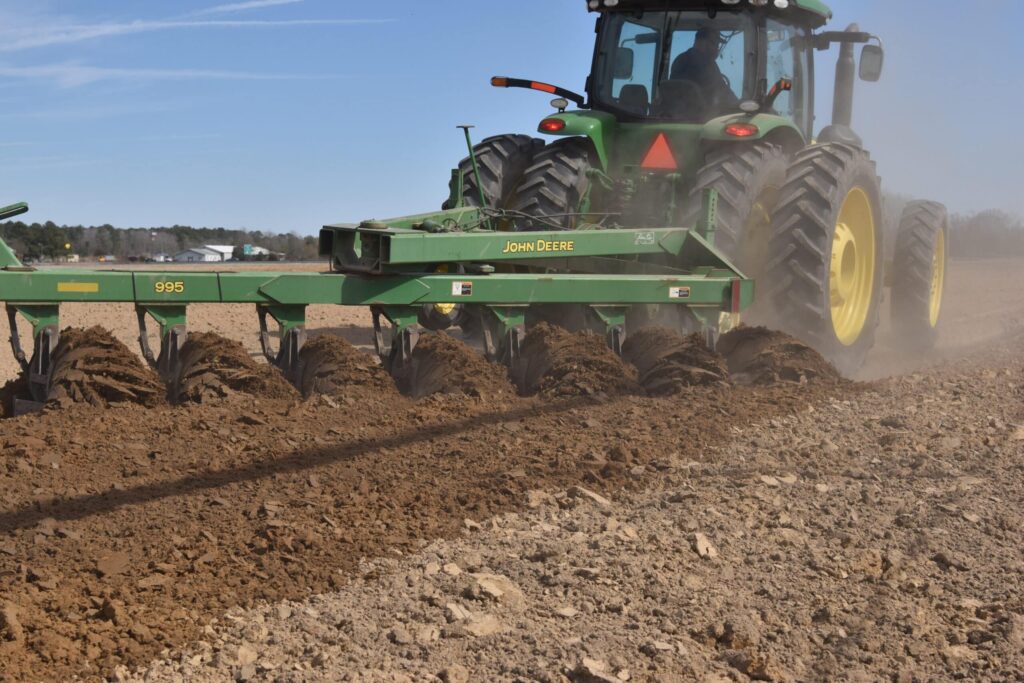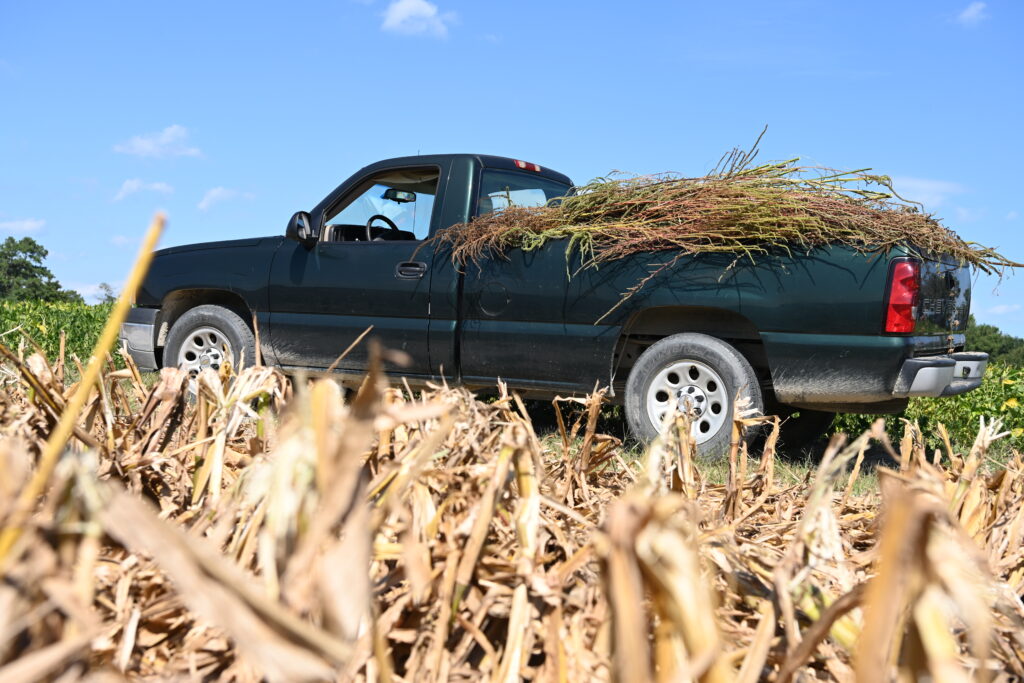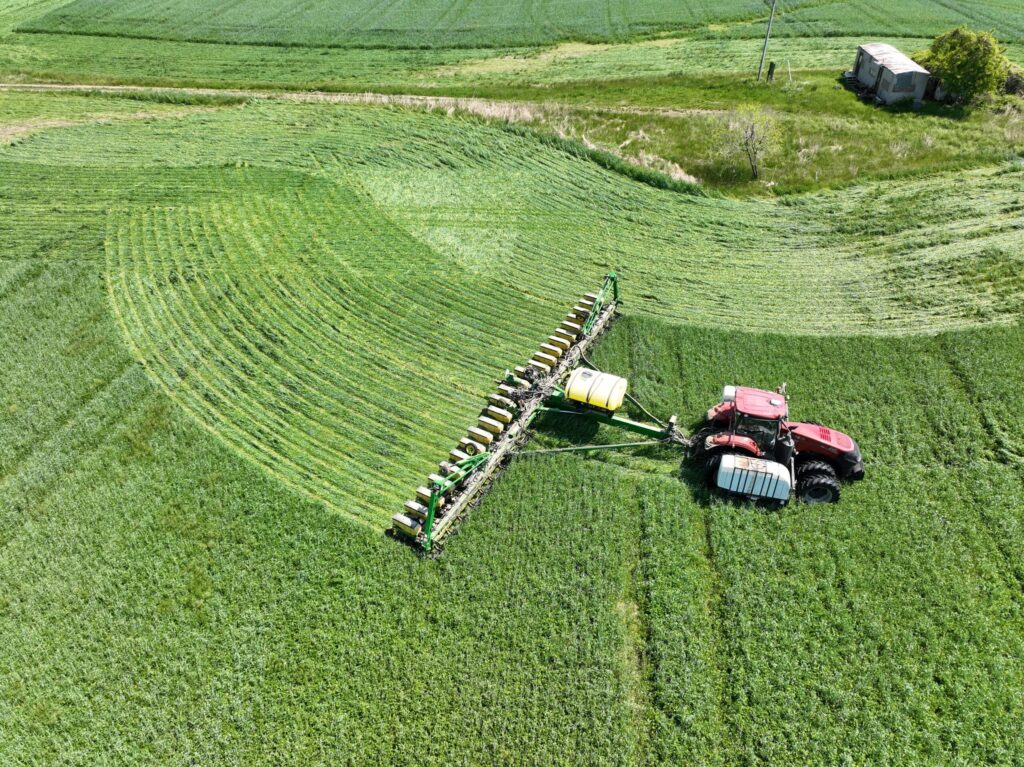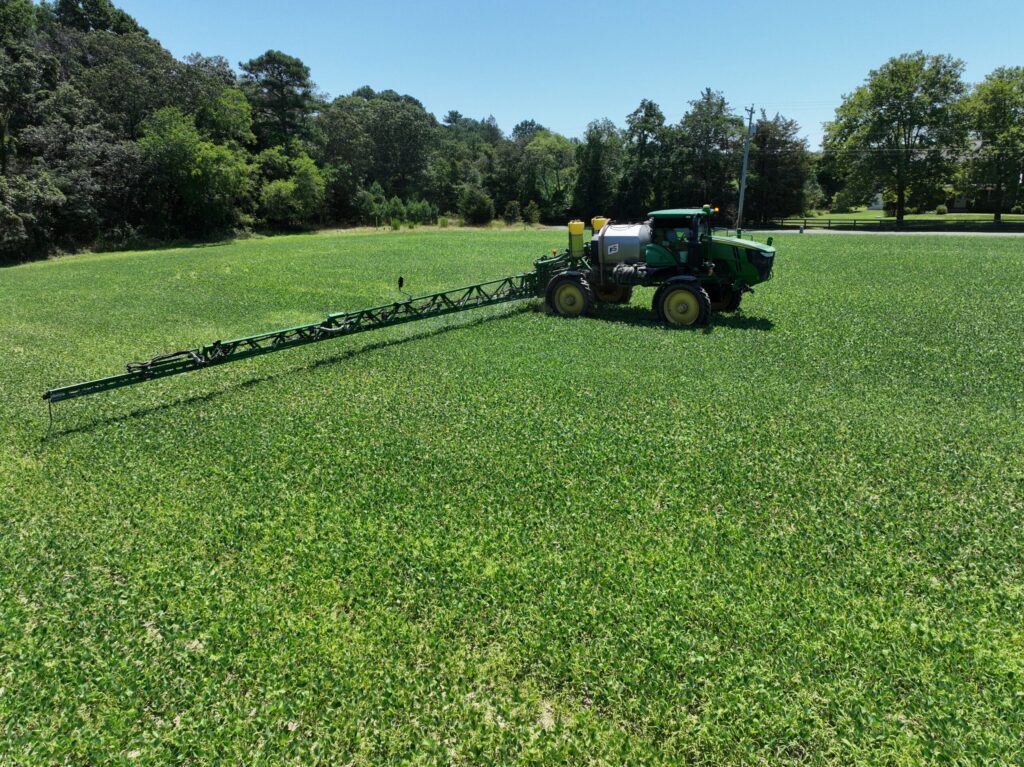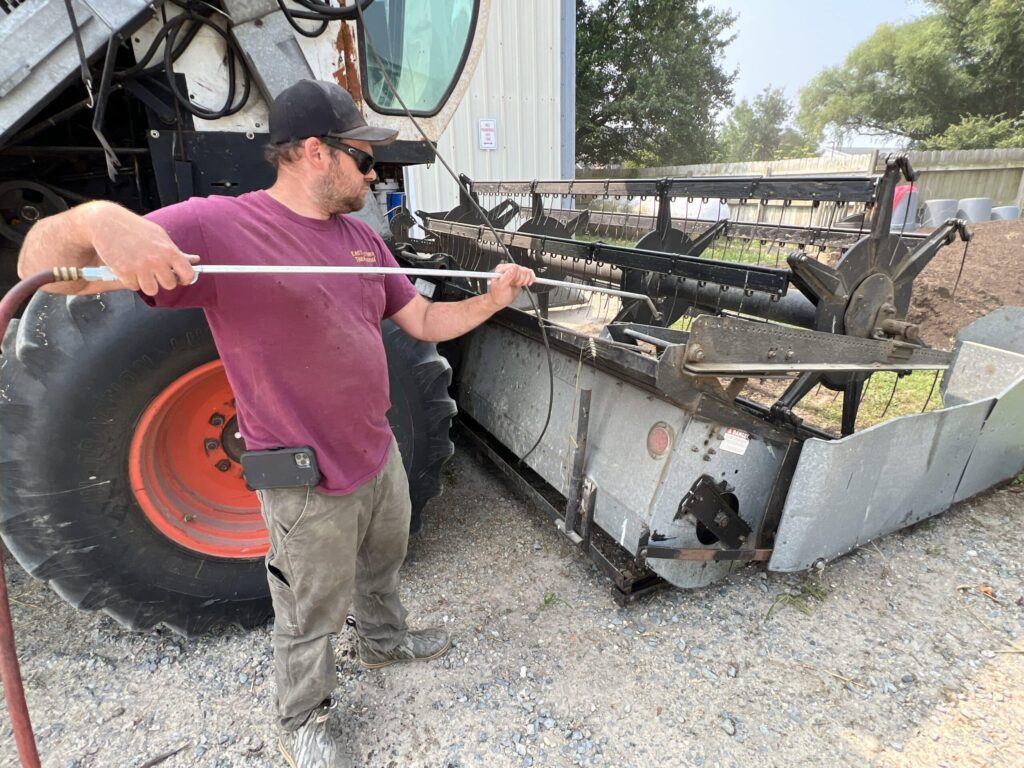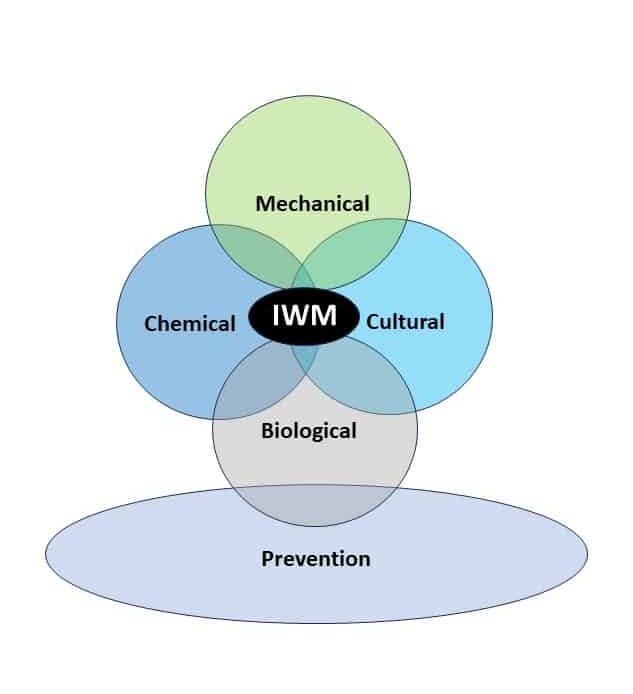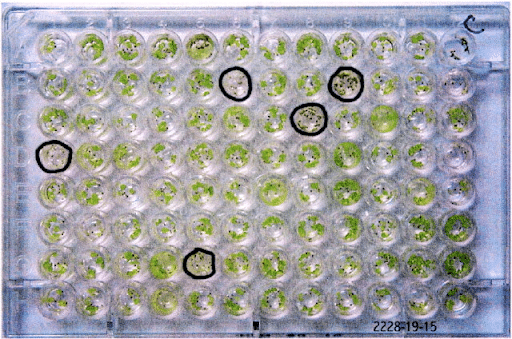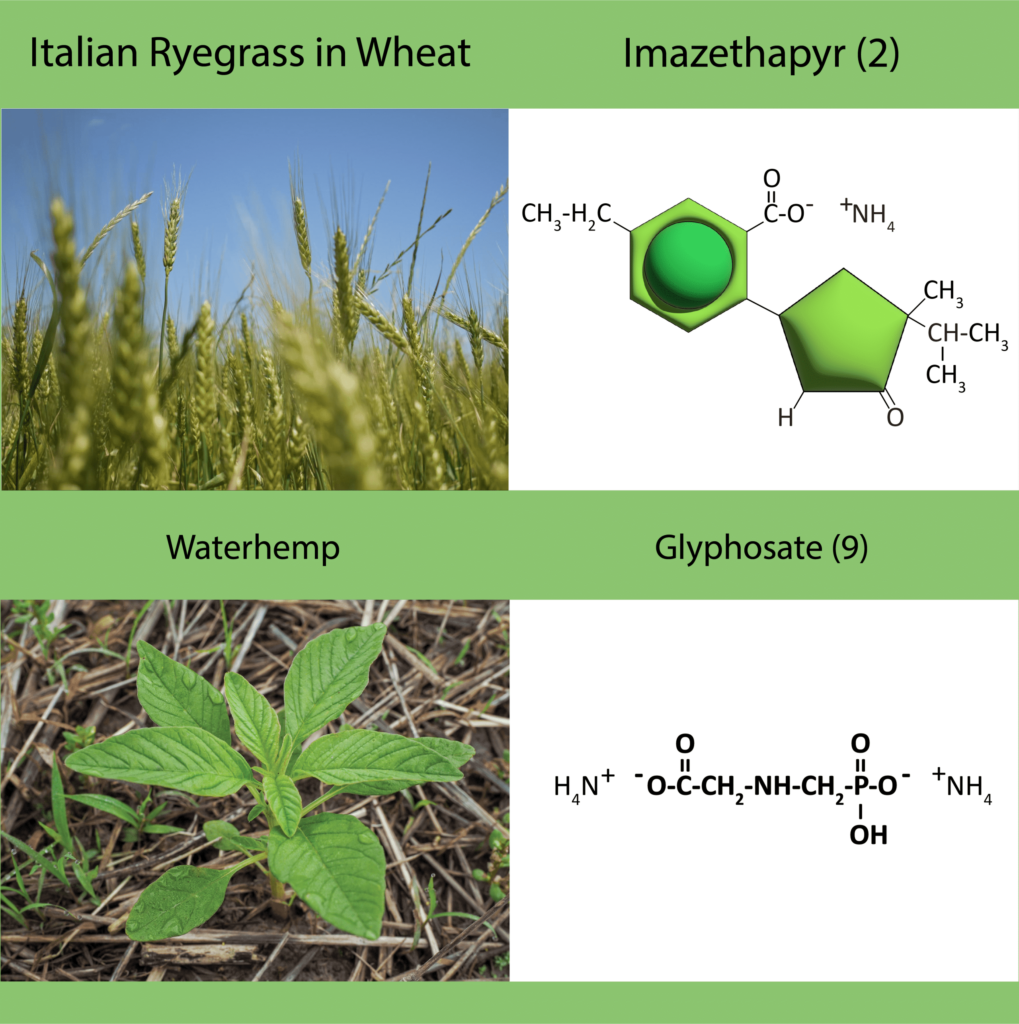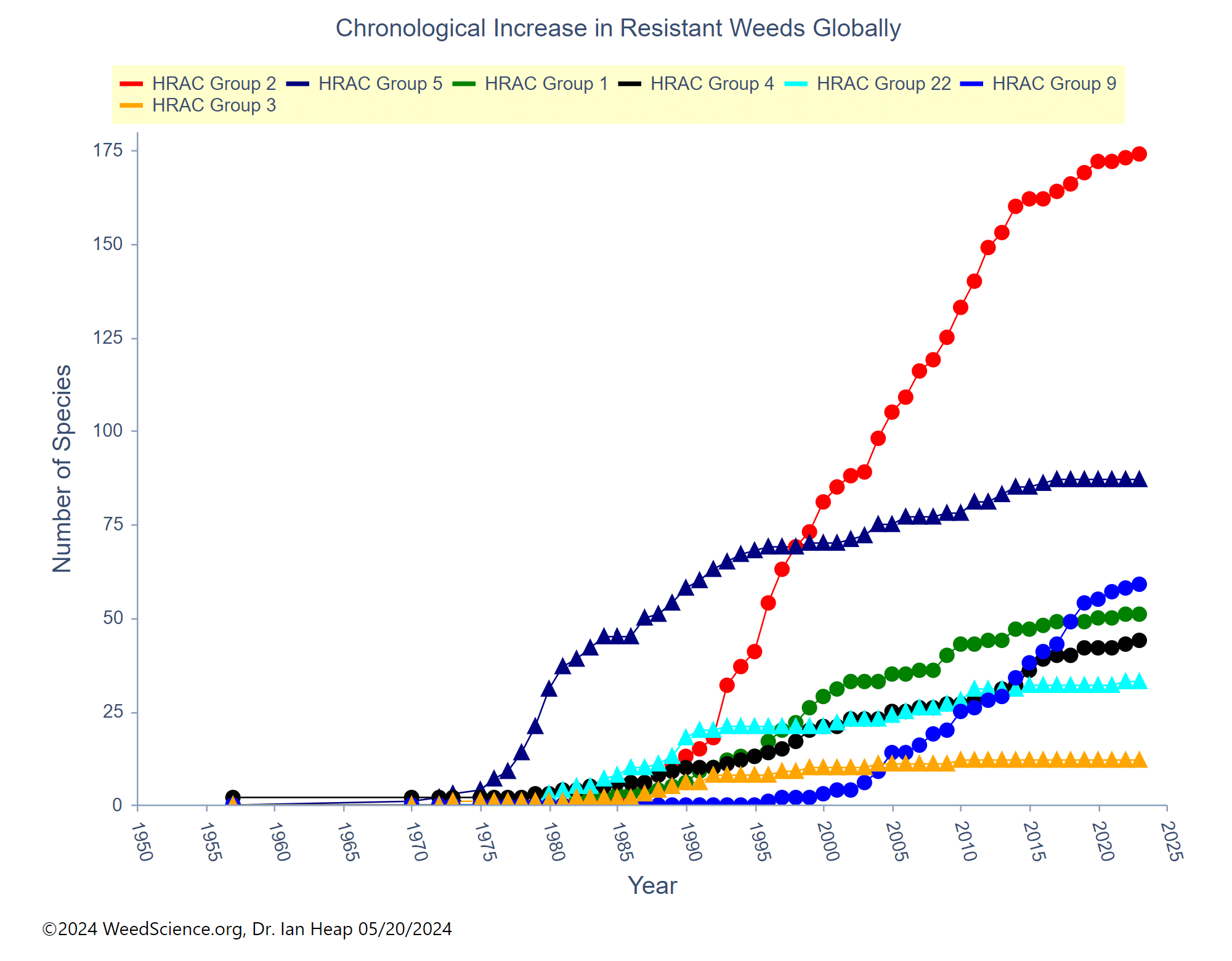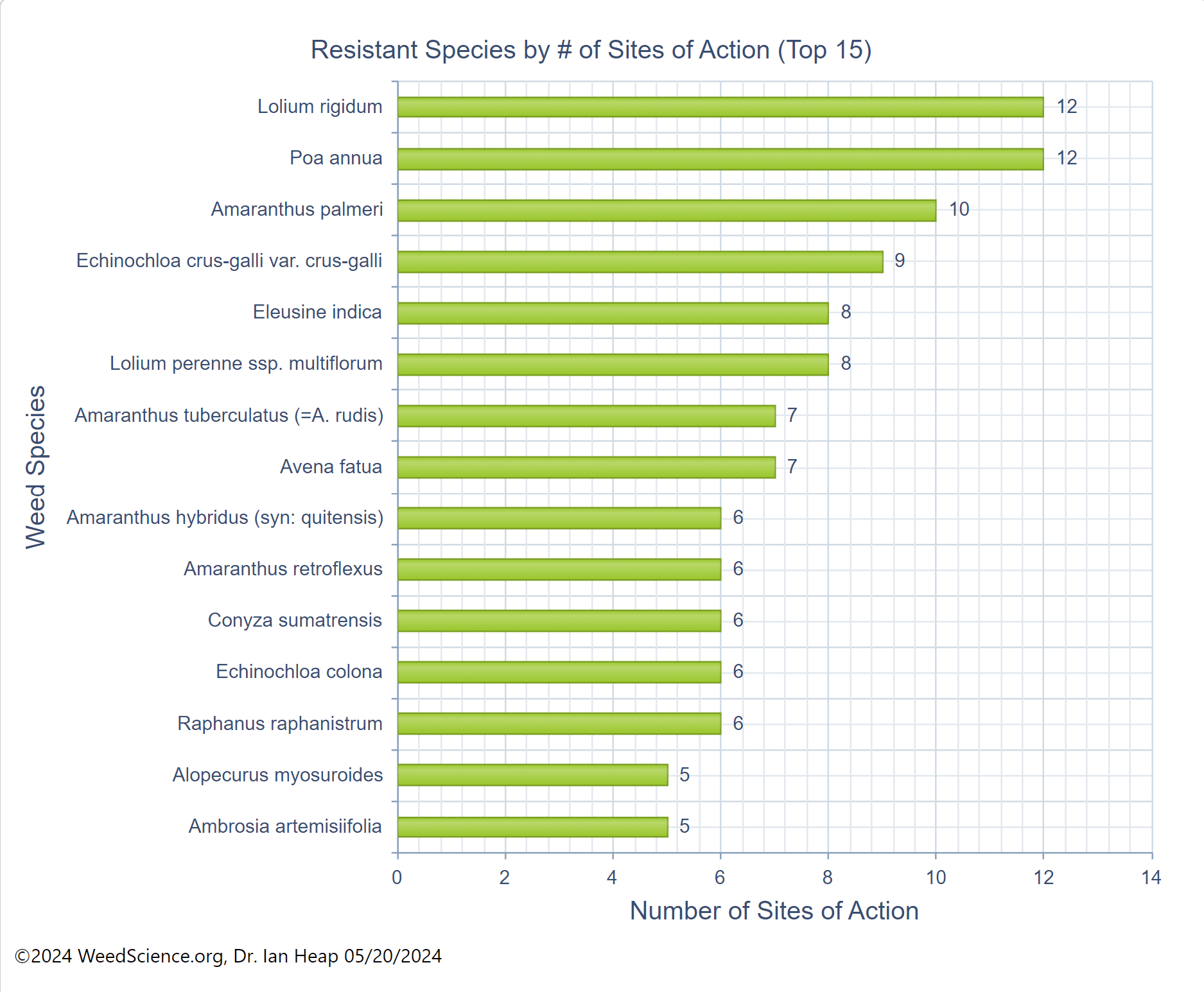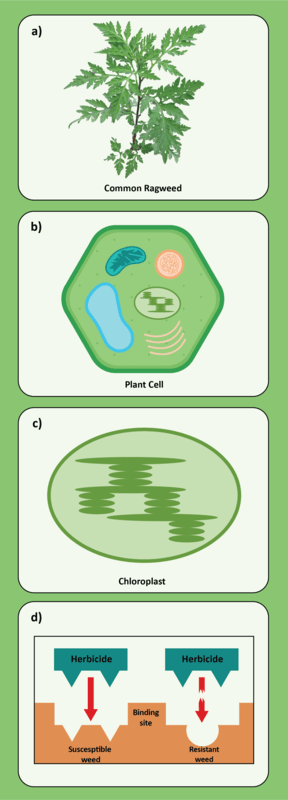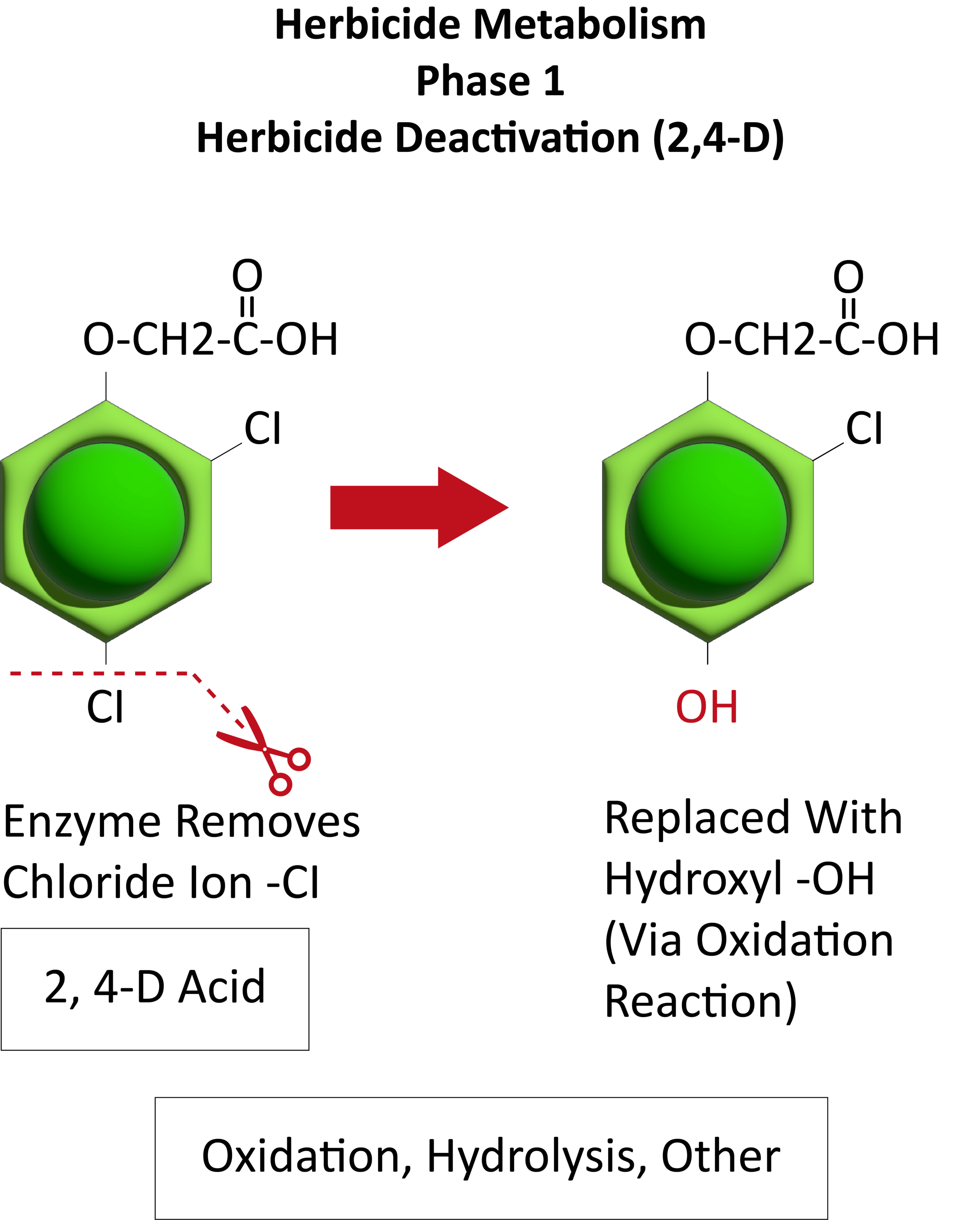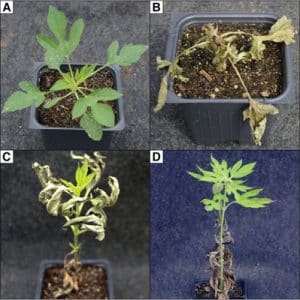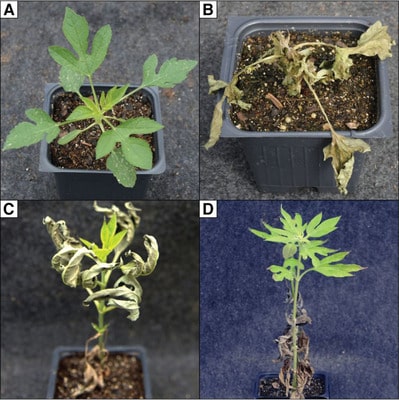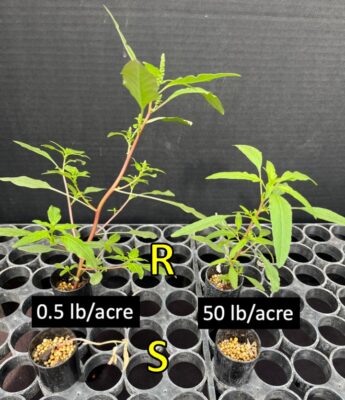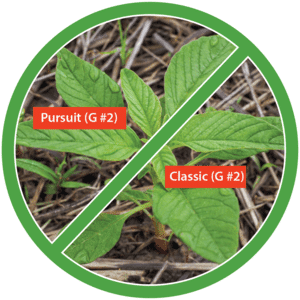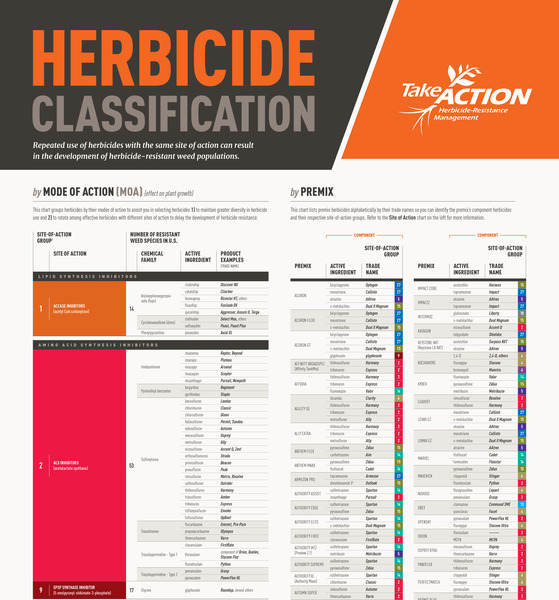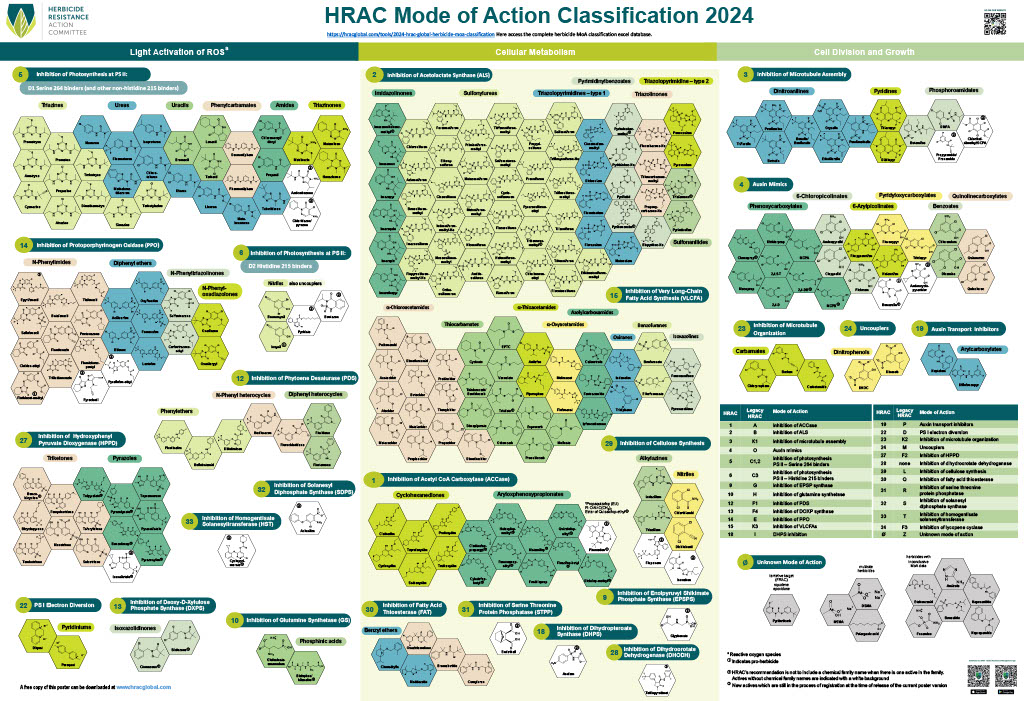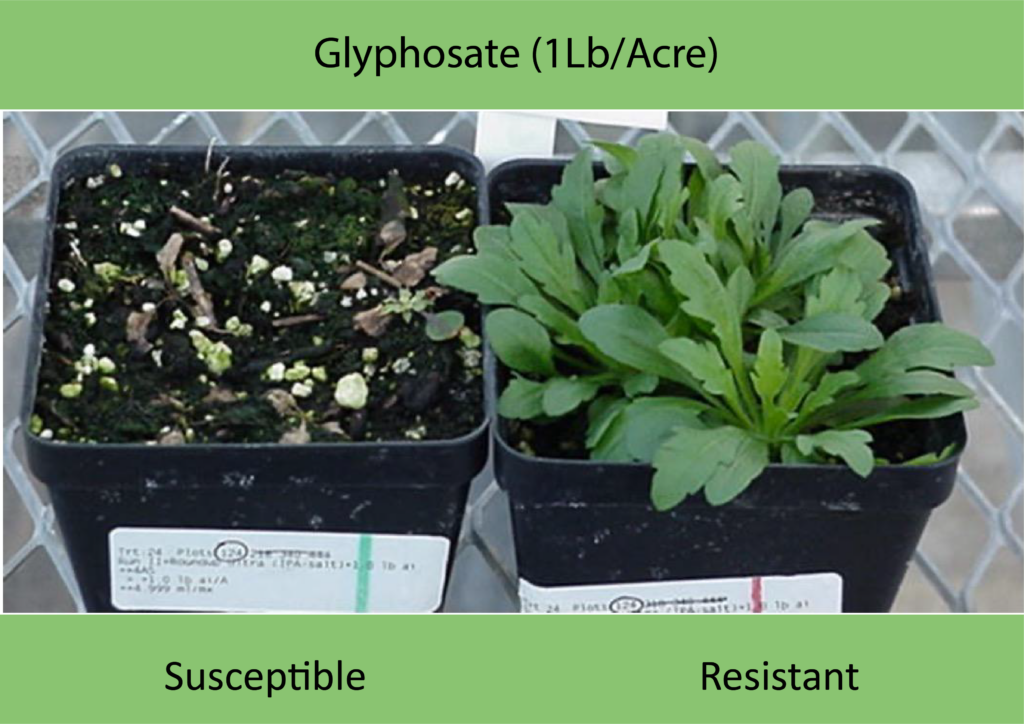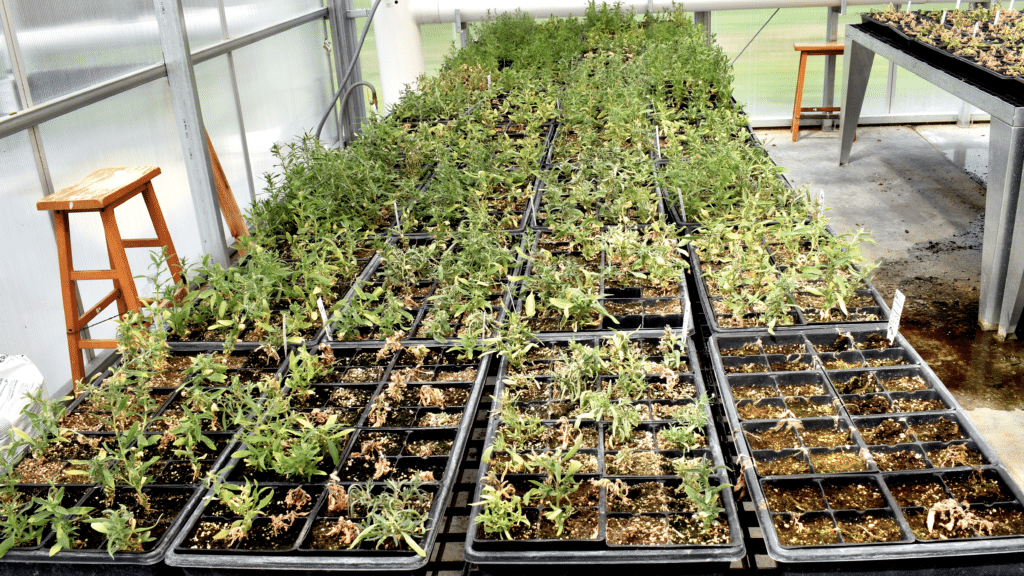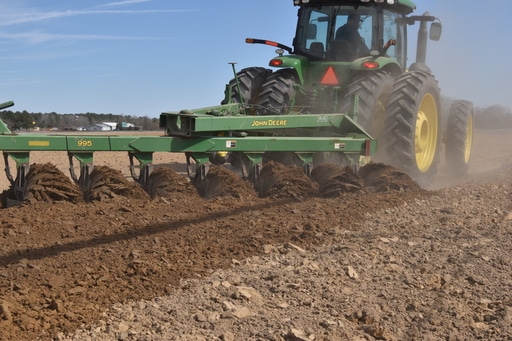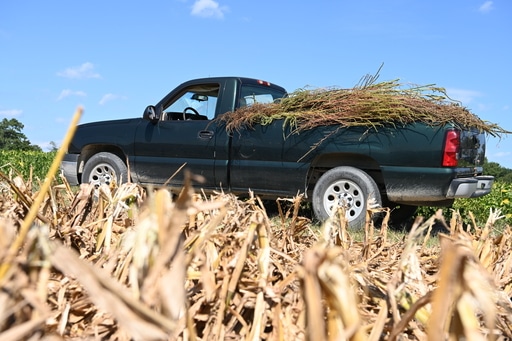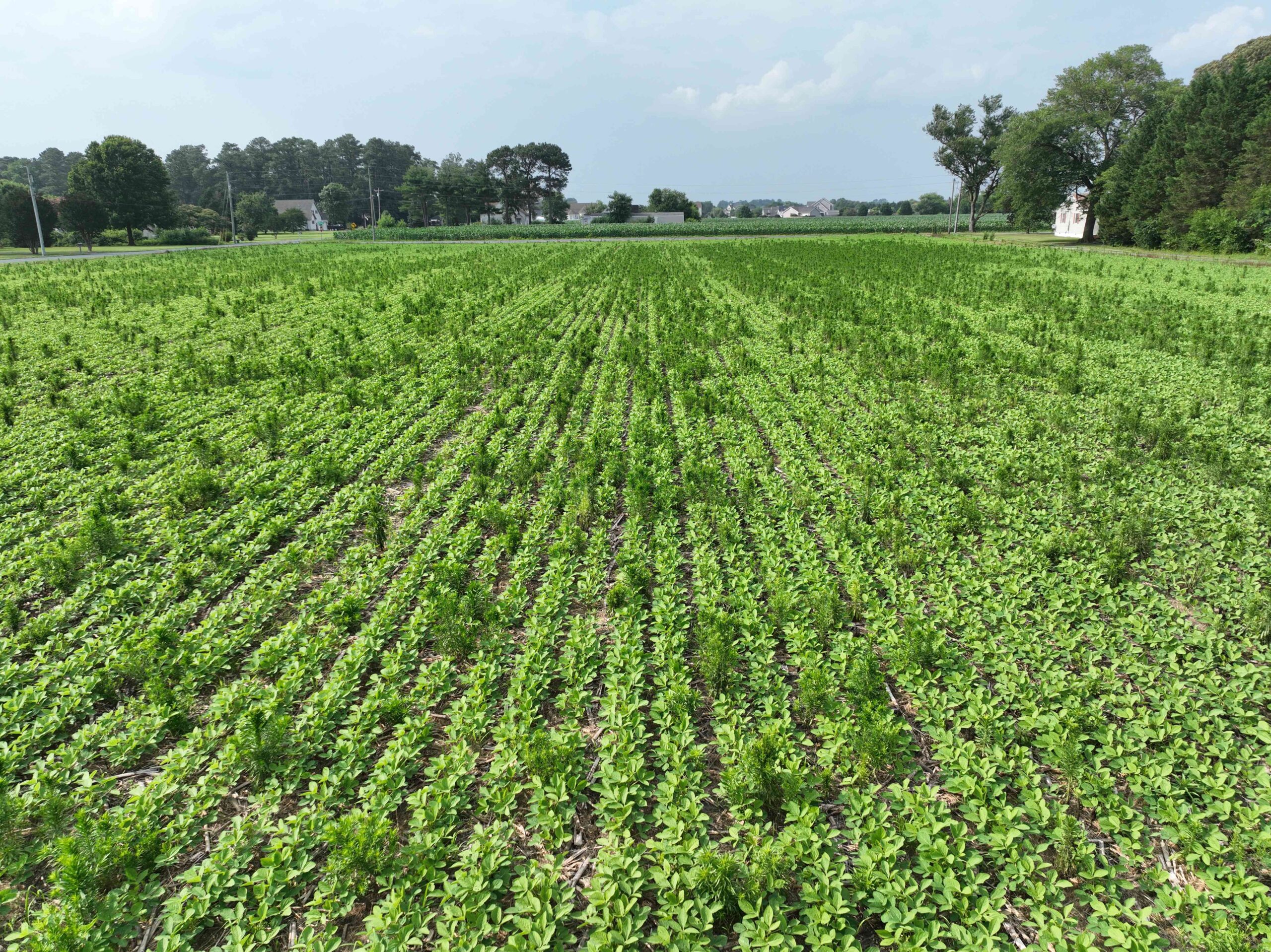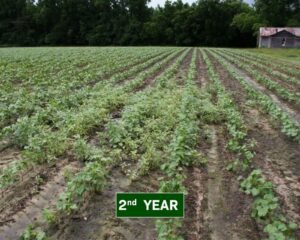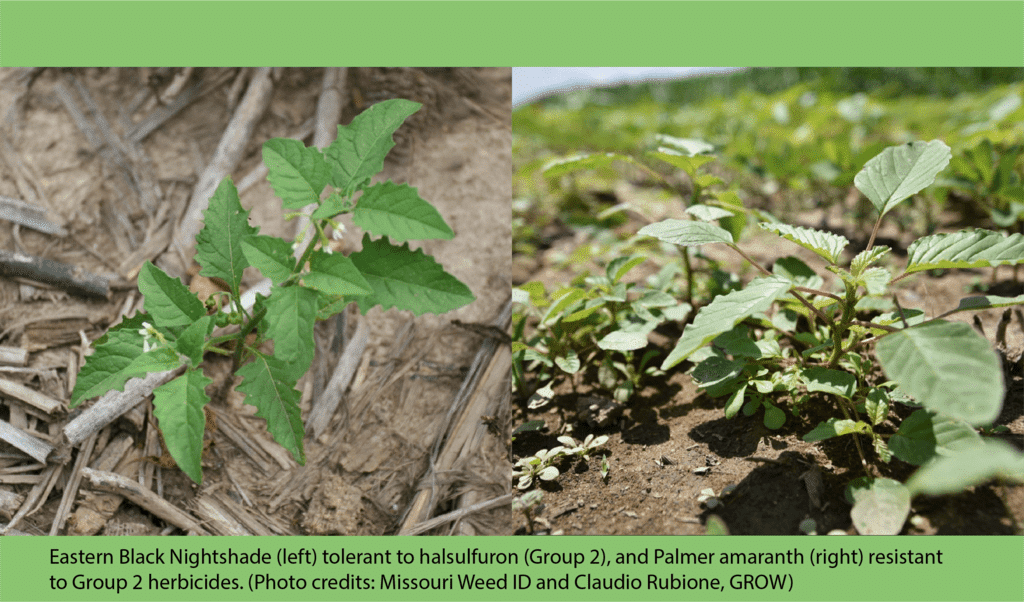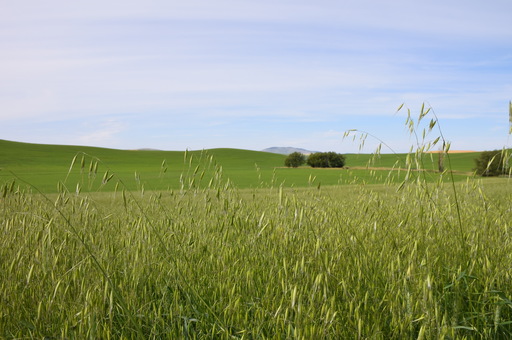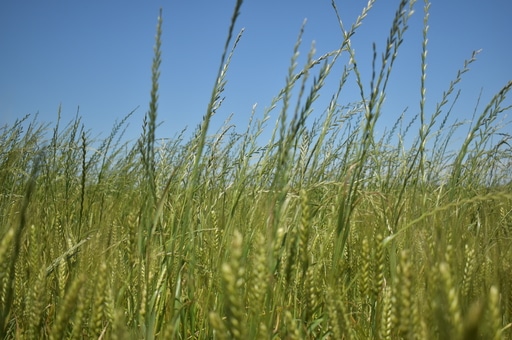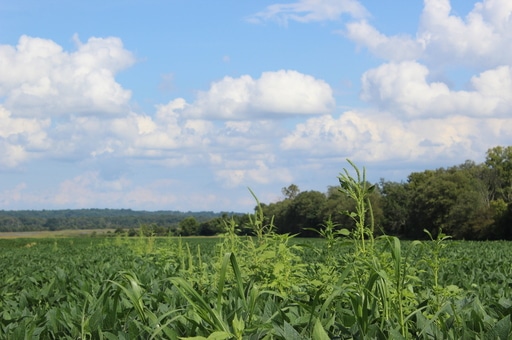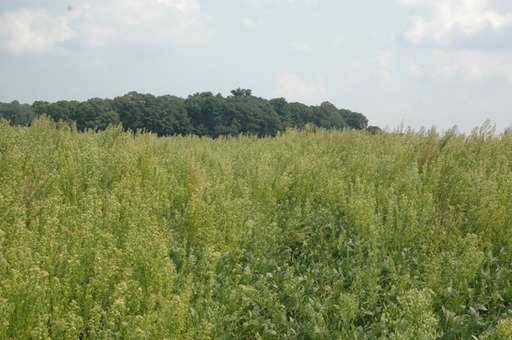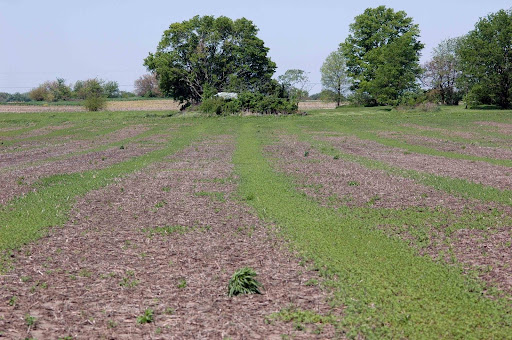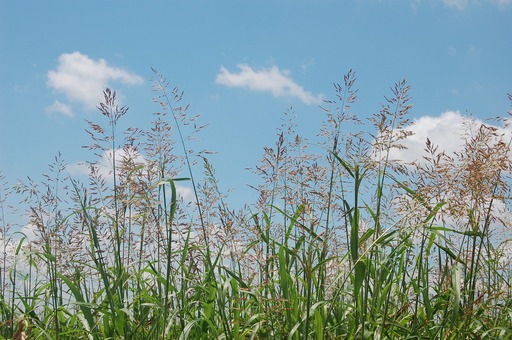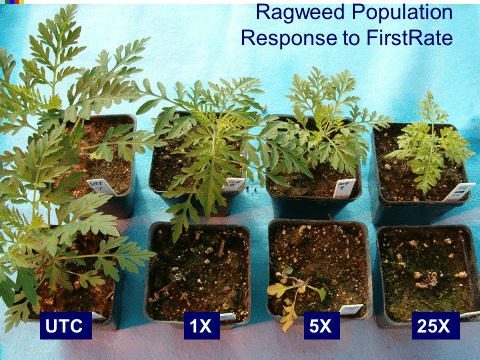In recent years, farmers in Virginia have found a way to suppress weeds, fix nitrogen, and earn an extra buck by mixing cereal rye with hairy vetch. Now, Virginia Tech researchers are looking to back this concept with hard data. “We’re putting numbers behind what farmers are doing,” Jenna Beville, a graduate student under Dr. Michael Flessner, says.
Researchers found that a hairy vetch and cereal rye mixture won’t sacrifice weed management or corn yield, while also fixing nitrogen and allowing farmers to cash in on Virginia’s cover crop cost share programs that can grant farmers $90 an acre (and in some cases more) for using cereal rye. (To see what incentives your state might offer, see the Cover Crops Incentives Explorer Tool.) But the mixture’s benefits come with a heftier time commitment, requiring farmers to terminate cover crops twice in the spring.
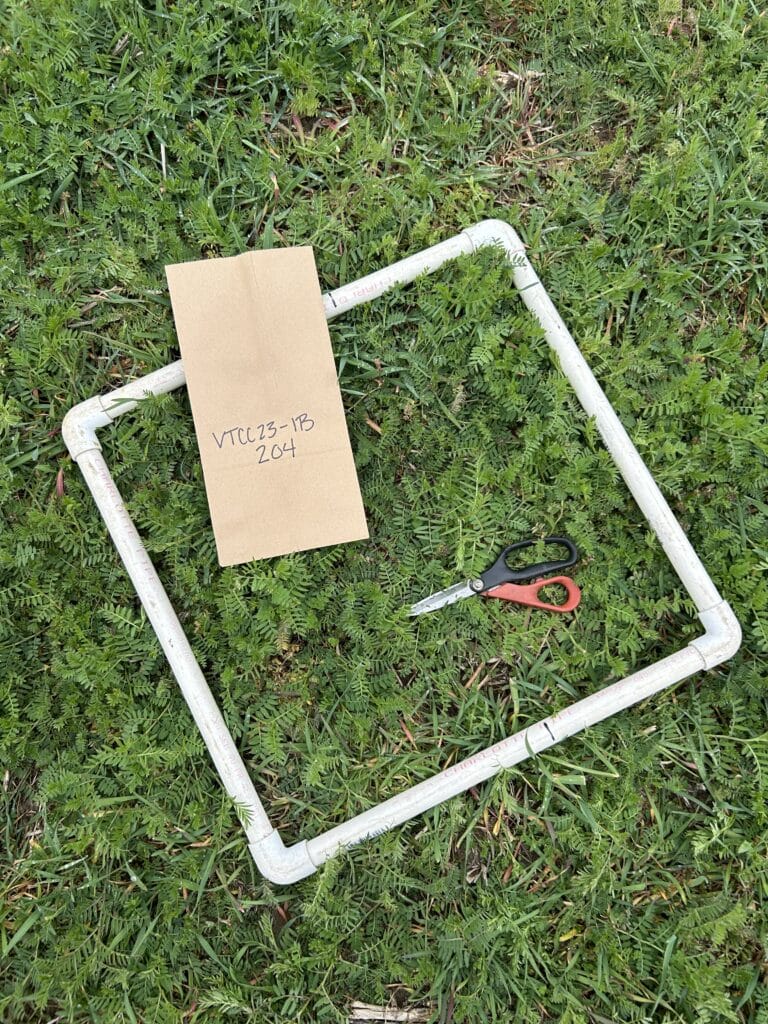
Paul Davis, a mid-Atlantic farmer credited as one of the first to try out this mixture in the 2000s, has had great success with the combination. He discovered the mixture after several years of trial and error on his farm in New Kent, Virginia, conducting NRCS-funded research with Virginia Tech and his local Soil and Water District. “We looked at planting winter annual cover crops, including different species, planting dates, and putting nitrogen on them in February,” Davis explains. “That’s where it started.”
Cereal Rye and Hairy Vetch Mixture
Beville’s study examined a late- and early-maturing variety of hairy vetch (20 pounds per acre), both as a monoculture and mixed with cereal rye (65 pounds per acre). In Beville’s research, the cereal rye was terminated mid-March with clethodim, about a month before corn planting. The hairy vetch was terminated at corn planting with a glyphosate and dicamba mixture after being roller crimped.
Davis similarly terminates his cereal rye early-to-mid March, but notes that crops like corn can be planted-green into the vetch, prolonging the vetch’s time to accumulate biomass and fix nitrogen. He then terminates the vetch within a week after corn planting with 2,4-D and glyphosate or gramoxone.
Using an early-maturing variety of hairy vetch also allows for more biomass accumulation and nitrogen fixation, but Davis says that the early-maturing varieties aren’t always available. “I love to use something that matures early but is hardy enough to withstand some zero-to-ten degree days,” Davis explains. “I’ve had good luck with using the Wollypod variety, but that isn’t available every year.”
Davis, who drills this cover crop mixture to avoid crop failure from drought, says that this mixture performs well each year, and that he has even successfully planted as late as November 15.
Cover Crop Biomass
In Beville’s research, the hairy vetch monocultures produced more biomass (roughly 2,700 to 2,800 pounds per acre) than the hairy vetch in the hairy vetch and cereal rye mixtures (roughly 2,000 to 2,100 pounds per acre). There was no difference in weed biomass between the cover crop monocultures and mixtures. These findings suggest that weed control is possible even with a lower cover crop biomass. (See a GROW video on how to sample and measure biomass here.)
Similarly, Davis notes that he has been able to decrease his herbicide use when using this cover crop mixture. “I’ve been able to cut back on my rate and leave products out,” he says. “I’m trying to switch entirely to postemergence applications.”
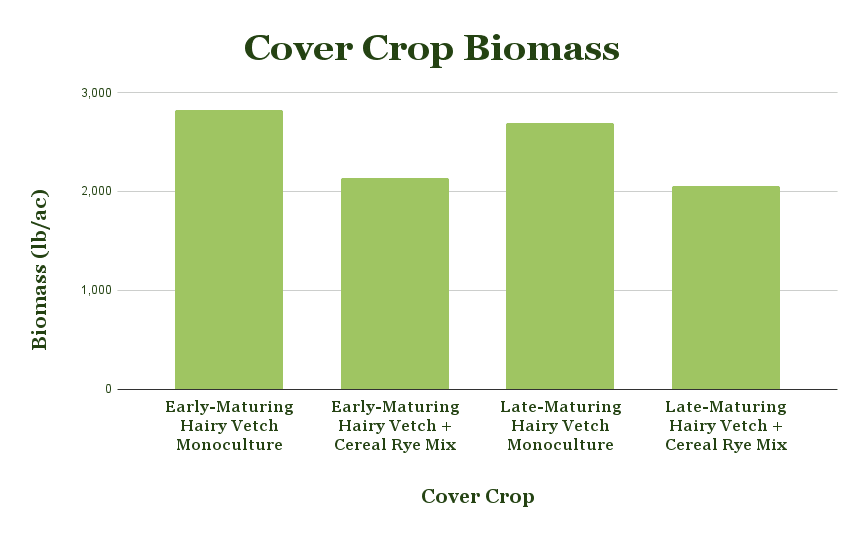
Nitrogen Fixation
The early- and late-maturing hairy vetch monocultures were able to produce nitrogen ranging from 113 to 105 pounds per acre, respectively. Meanwhile, the hairy vetch in the hairy vetch and cereal rye mixtures produced around 79 pounds per acre of nitrogen.
The nitrogen produced by using hairy vetch and cereal rye can help alleviate nitrogen fertilizer costs for farmers, but it does require an extra series of calculations to determine how much nitrogen fertilizer needs to be purchased. (Use Precision Sustainable Agriculture’s cover crop nitrogen calculator to make these calculations easier.)
Extensive Considerations
This clever cover crop mixture presents farmers with an array of benefits, from weed management to nutrient boosts. But it does increase the time spent managing cover crops, from planning to termination to nitrogen calculations, which could strain some farmers’ already cramped spring schedules. “If you don’t use cover crops, don’t start here,” Flessner cautions. “This process requires very in-depth crop management.”
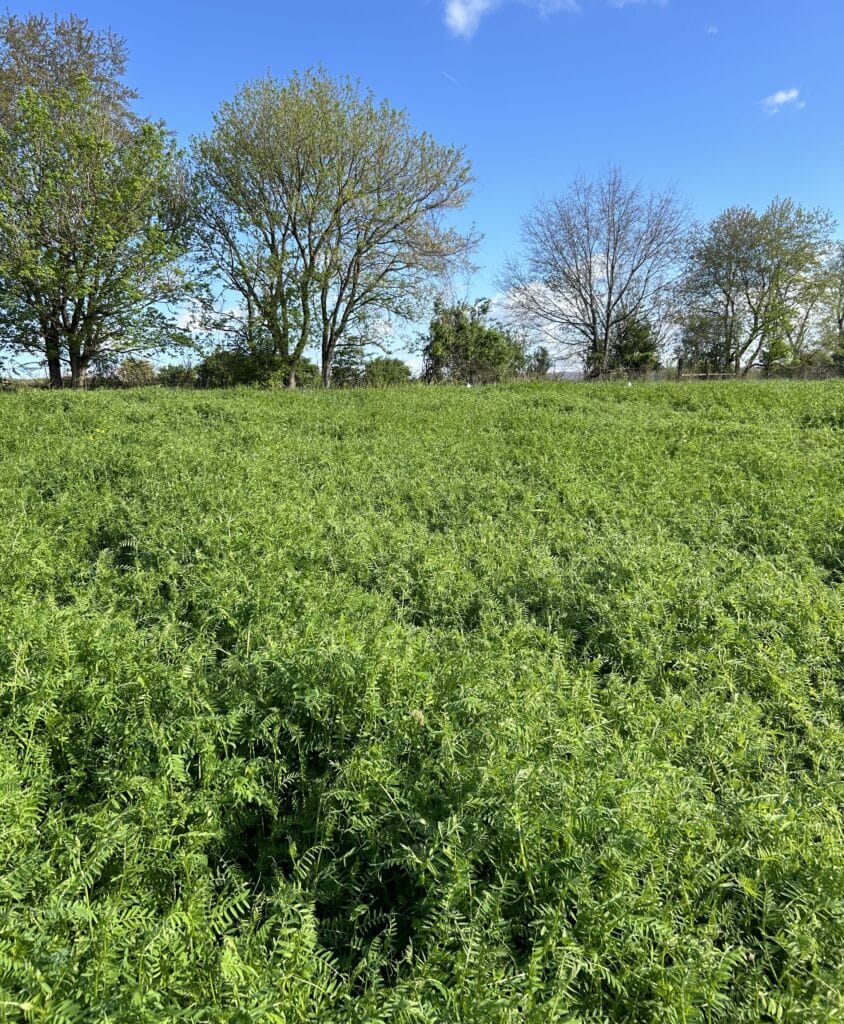
“If you’re going to drill it, be aware of your planting depth, Davis says to farmers looking to begin utilizing this cover crop mixture. He also acknowledges the extra time required to manage this mixture. “The challenge is that it has to be a mindset,” he concedes. “If you want to do it, you’ve got to make the time to do it.”
Visit GROW’s website for more information on cover crop management and to watch a Farmer Case Study on another farmer’s work with a similar cover crop relay system in cotton.
Article by Amy Sullivan, GROW; Header and feature photo by Jenna Beville, Virginia Tech.

